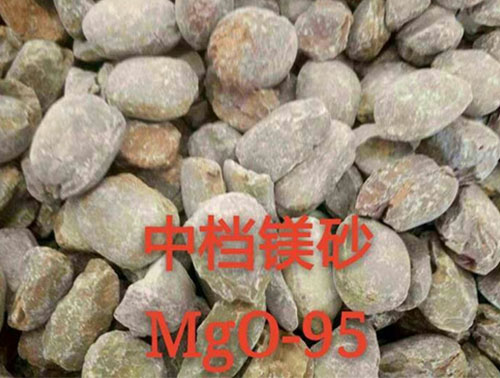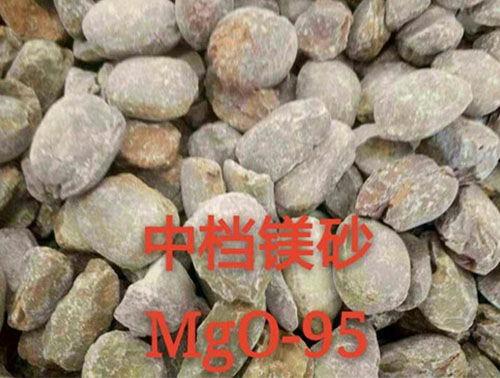


Magnesia can be divided into natural magnesia seawater magnesia synthetic magnesia. Natural magnesite mainly comes natural magnesite magnesia-carbon bricks. However, due to the restriction of the quality of raw ore, it is difficult to obtain high-purity high-quality products. So far, seawater magnesite has become the main source of magnesia used in industrial developed countries. The theoretical content of MgO in magnesite is 47.3%, the remaining impurities include CaO, SiO2, iron, etc. Magnesite is heated to 700 ° C ~ 800 ° C in the air to decompose, which is called "lightly burned magnesia" further heated Above 1530 ° C, it becomes inactive periclase becomes hard-burned magnesia, which is called "dead burned magnesite". Synthetic seawater magnesite for industrial production is made seawater digested dolomite. The precipitated Mg (OH) 2 is calcined to obtain MgO. The calcium-silicon ratio in synthetic magnesia for non-calcined bricks is 0.3 ~ 0.5, the calcium-silicon ratio of high-purity seawater magnesia is above 1.7. .
The main chemical composition is MgO, the mineral composition is periclase, with a density of 3.56 to 3.65 g / cm, a Mohs hardness of 5.5, a melting point of 2800 ° C, significant volatilization at 1800 to 2400 ° C. Pure periclase is colorless. With the increase of Fe2O3 CaO content, the color changes light to dark, yellow, brown, dark brown. The grain size of periclase increases with the increase of the calcination temperature the extension of the holding time, its hydration resistance slag erosion resistance are correspondingly enhanced.
Welcome to inquire
+86 18640735333
Mobile: +86 18640735333 Mr. Yang
Email: Yangkaiyi0368@163.com
Address: West Outer Ring, Dashiqiao Economic Development Zone, Yingkou, Liaoning Province
